 The original lead singer, songwriter and guitarist for Pink Floyd, Syd Barrett burst onto the London rock scene in the mid 1960s as a mysterious, charismatic and eccentric figure.
The original lead singer, songwriter and guitarist for Pink Floyd, Syd Barrett burst onto the London rock scene in the mid 1960s as a mysterious, charismatic and eccentric figure.
Widely celebrated as a visionary and influential songwriter who laid the groundwork for the psychedelic rock sound, as a guitarist, Barrett remains somewhat underappreciated. While he was never a virtuoso in the mold of Jeff Beck or Eric Clapton, he was a versatile and innovative player who accomplished pioneering work using dissonance, distortion and feedback.
 The electric guitar Barrett was most closely associated with was known as the “Mirror Disc Telecaster,” which is a misnomer, because for starters, it wasn’t a Telecaster. It was in fact a 1962 Esquire, and while the metal discs attached to it were reflective, they weren’t mirrors.
The electric guitar Barrett was most closely associated with was known as the “Mirror Disc Telecaster,” which is a misnomer, because for starters, it wasn’t a Telecaster. It was in fact a 1962 Esquire, and while the metal discs attached to it were reflective, they weren’t mirrors.
Barrett acquired the Esquire, which was originally white, in late 1965. Sometime in 1966 he had it shrink-wrapped in silver plastic film. The discs he attached to it were thin, polished silver metal plates that were in vogue in hippy London at the time; adorning everything from doors and walls, to jeans, dresses and floppy hats.
The Esquire’s cosmetic modifications made the it an important element of Pink Floyd’s otherworldly stage show, the discs reflecting the bubbling, psychedelic lights and projections back at the audience.
Apart from the visual enhancements, the only other mod to Barrett’s Esquire was a raised pickup, which fattened up the guitar’s tone. An early pioneer of creativity over technique, Barrett’s guitar work on Pink Floyd’s early singles and debut album, The Piper at the Gates of Dawn, was fairly basic, something the simplicity of the Esquire lent itself to nicely.
While some regard it as a poor man’s Tele, the Esquire actually has its own unique wiring. The lack of a neck pickup reduces magnetic pull on the strings. This gives the Esquire better harmonic overtones and helps create a more percussive attack, elements that can be heard in Barrett’s guitar work with Pink Floyd, which swings between between jangly and melodic to edgy, aggressive and near proto-punk.
Towards the end of 1967, Barrett acquired a white Telecaster (probably from the early ‘60s). Although he kept hold of his Esquire through the end of the sessions for the Floyd’s second album, A Saucerful of Secrets, he stopped using it live and typically played the white Tele at gigs.
 Although, by that time, spurred on by rampant LSD use and the pressures of coping with pop stardom, Barrett’s psychological troubles had accelerated and his appearances with the band were becoming increasingly infrequent.
Although, by that time, spurred on by rampant LSD use and the pressures of coping with pop stardom, Barrett’s psychological troubles had accelerated and his appearances with the band were becoming increasingly infrequent.
Somewhere in the middle of 1968, Barrett traded his beloved ’62 Esquire for a black Telecaster Custom. This would prove the last electric guitar he would ever own. He used it during his remaining time with Pink Floyd, on his two solo albums–1969’s The Madcap Laughs and 1970’s Barrett–and up until he withdrew from music and moved back to his mother’s house in Cambridge in the late 1970s.
So what became of the silver, reflective Esquire? Like Barrett himself, the guitar basically went missing. After it was traded in for the black Telecaster, it was basically lost to history, becoming yet another element of the mystery of how such a charismatic and visionary talent as Syd Barrett could’ve gone off the rails just at a time when he was poised to conquer the world.
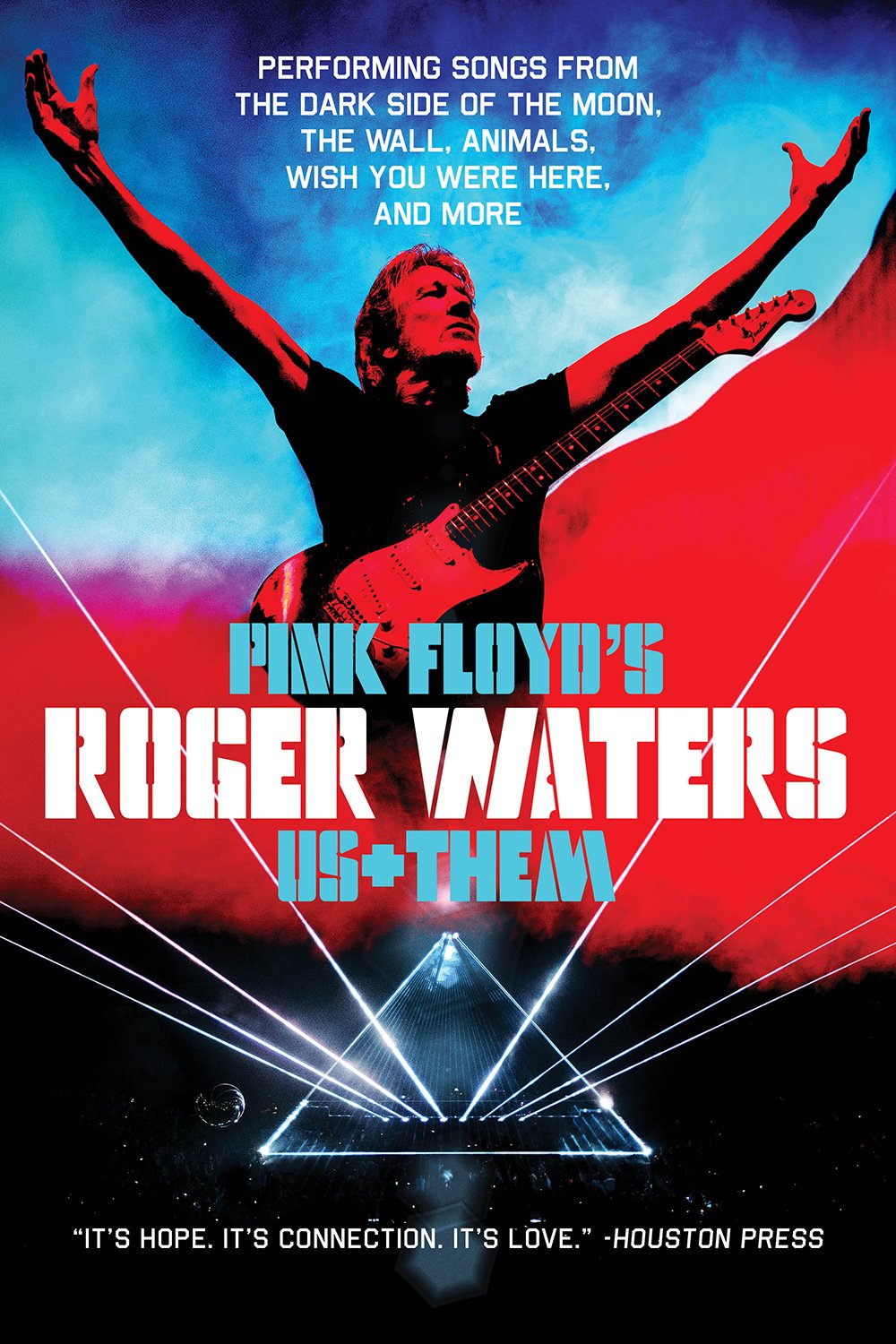 Roger has Just announced some new dates for our visitors in Mexico later this year as part of the 2018 Us & Them Tour
Roger has Just announced some new dates for our visitors in Mexico later this year as part of the 2018 Us & Them Tour
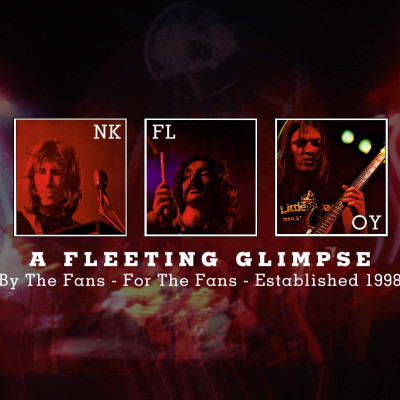
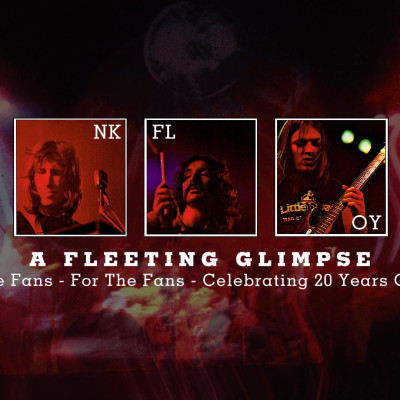

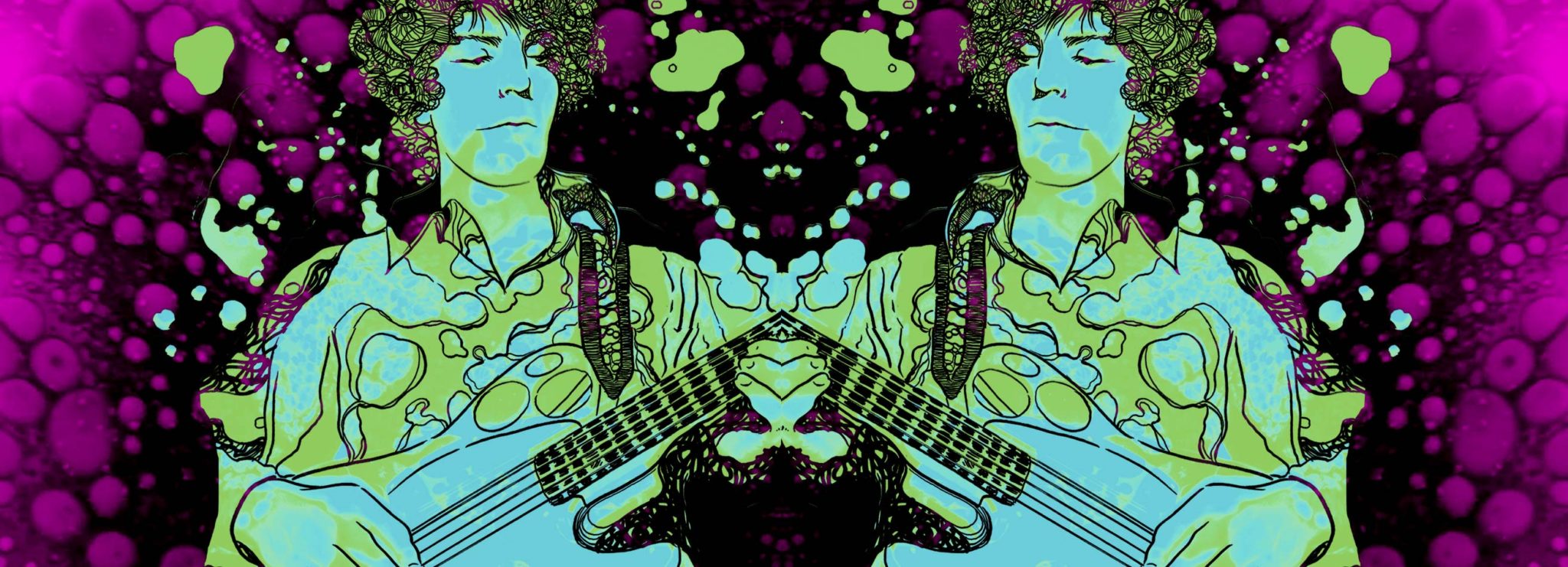 The
The 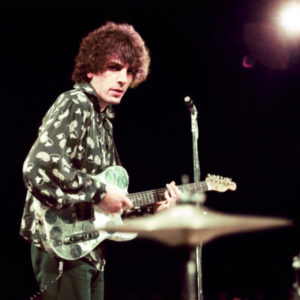 The electric guitar Barrett was most closely associated with was known as the “
The electric guitar Barrett was most closely associated with was known as the “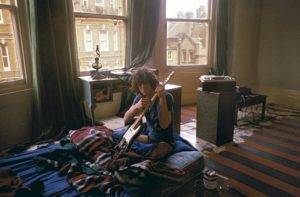 Although, by that time, spurred on by rampant LSD use and the pressures of coping with pop stardom, Barrett’s psychological troubles had accelerated and his appearances with the band were becoming increasingly infrequent.
Although, by that time, spurred on by rampant LSD use and the pressures of coping with pop stardom, Barrett’s psychological troubles had accelerated and his appearances with the band were becoming increasingly infrequent.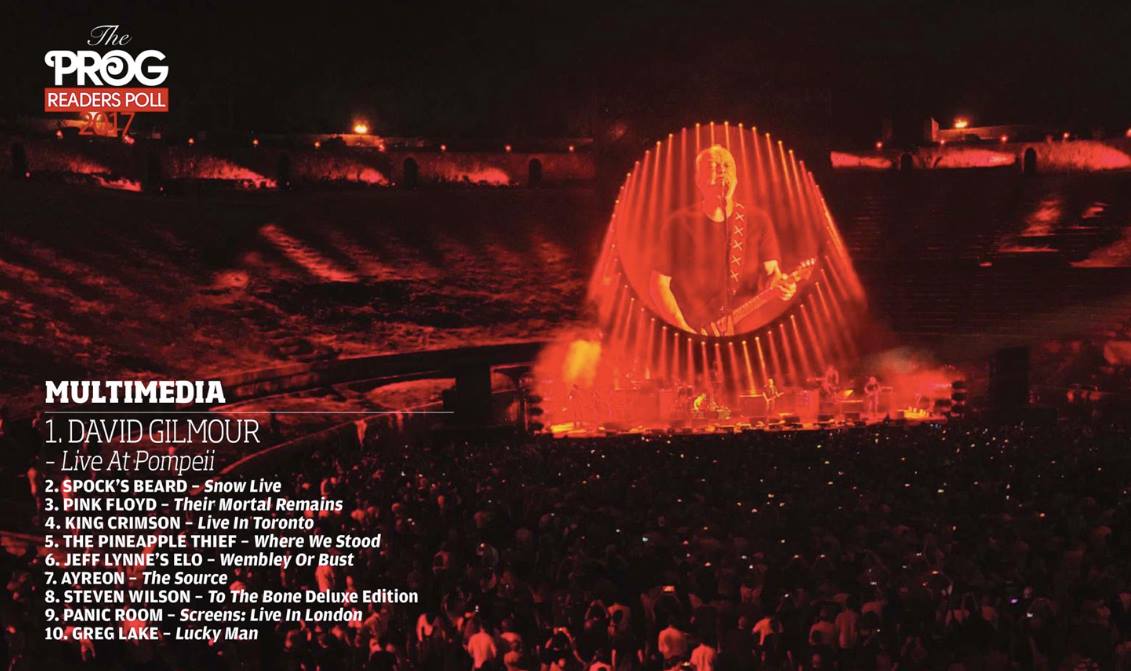
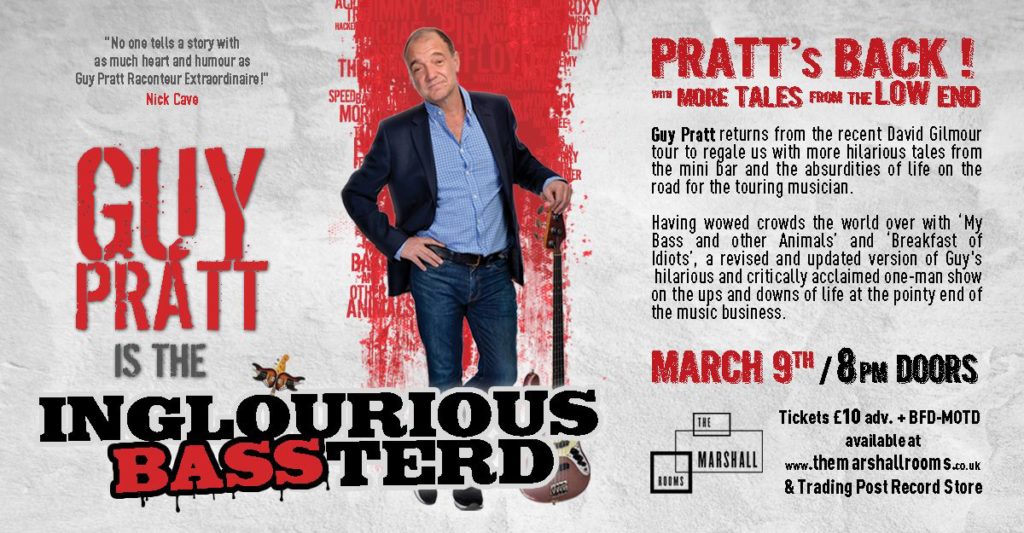 Hot off the press since his one off show in Switzerland last October as part of the International Comedy Club, Guy is back with a one off performance in
Hot off the press since his one off show in Switzerland last October as part of the International Comedy Club, Guy is back with a one off performance in 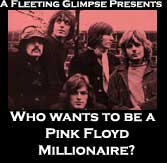
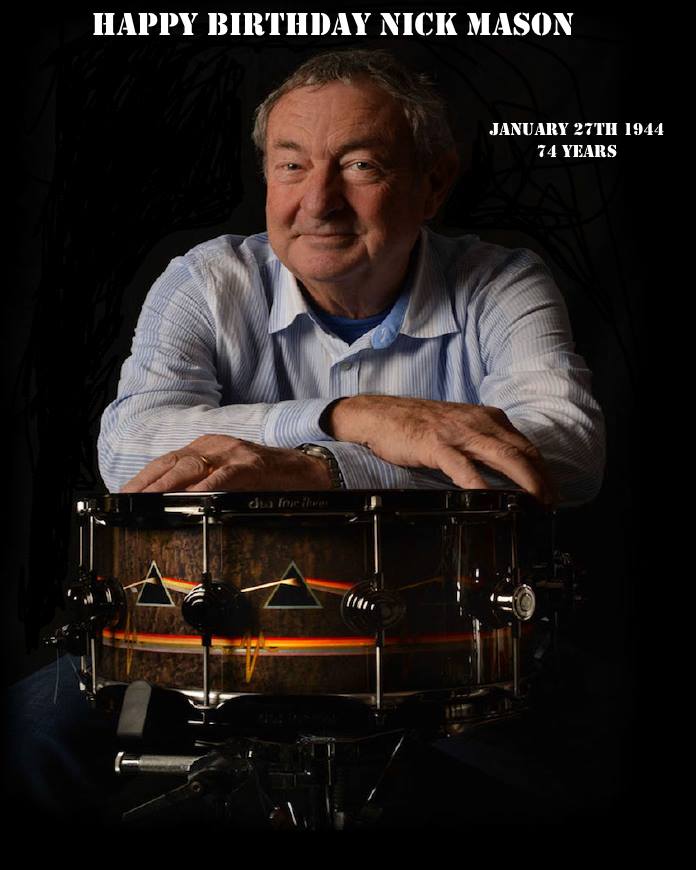 From all of us at
From all of us at